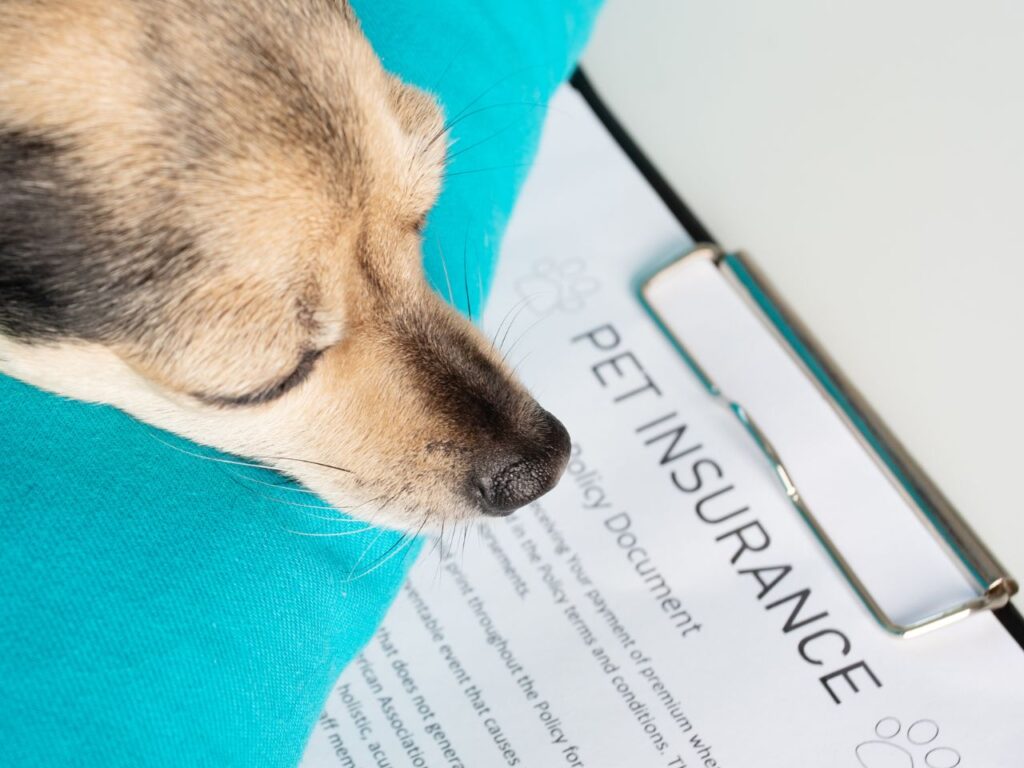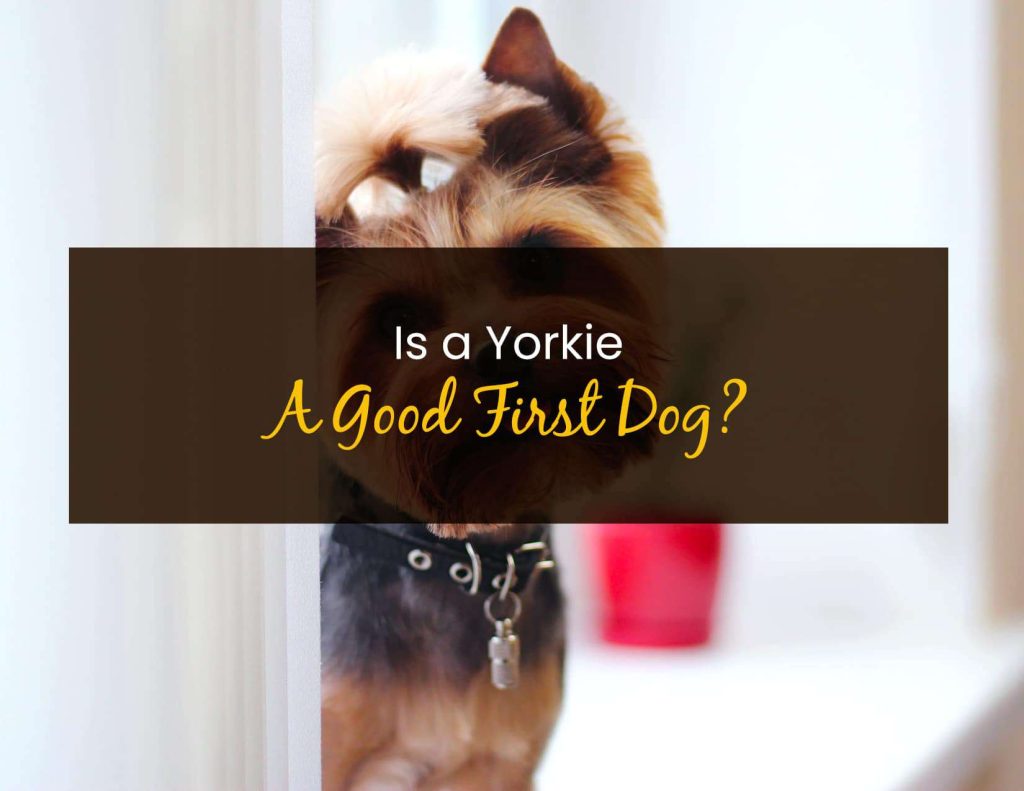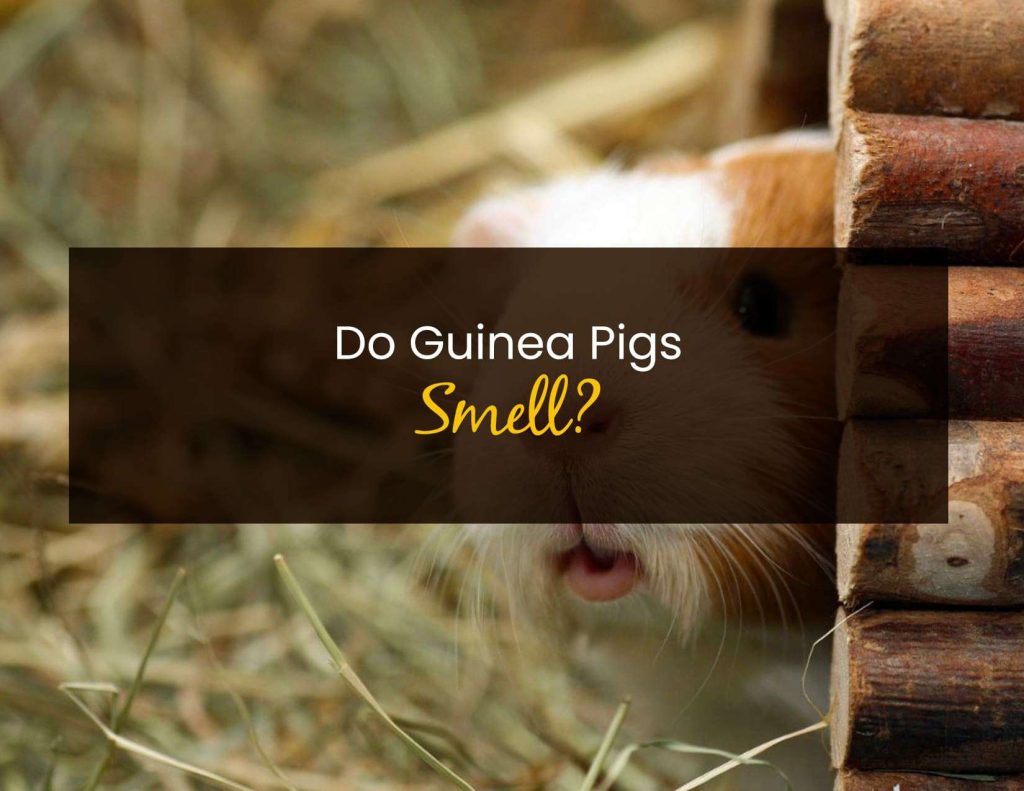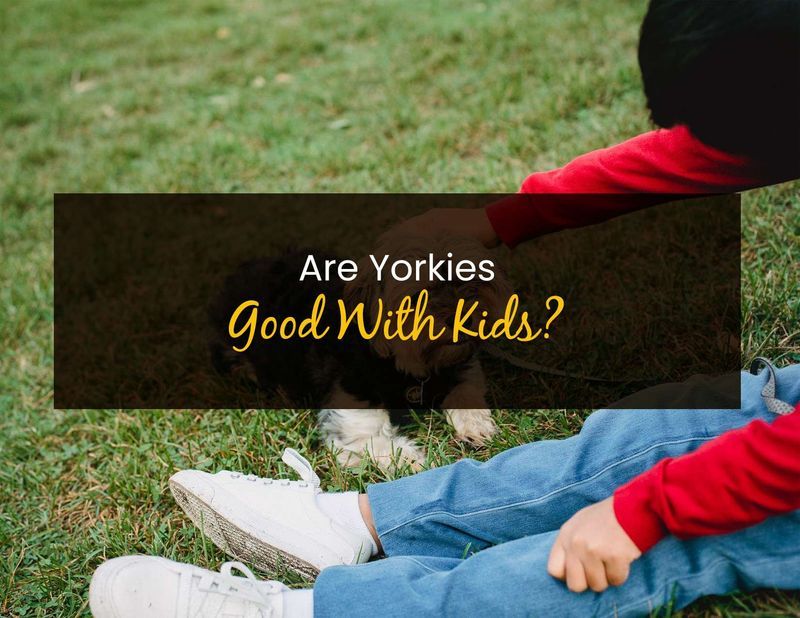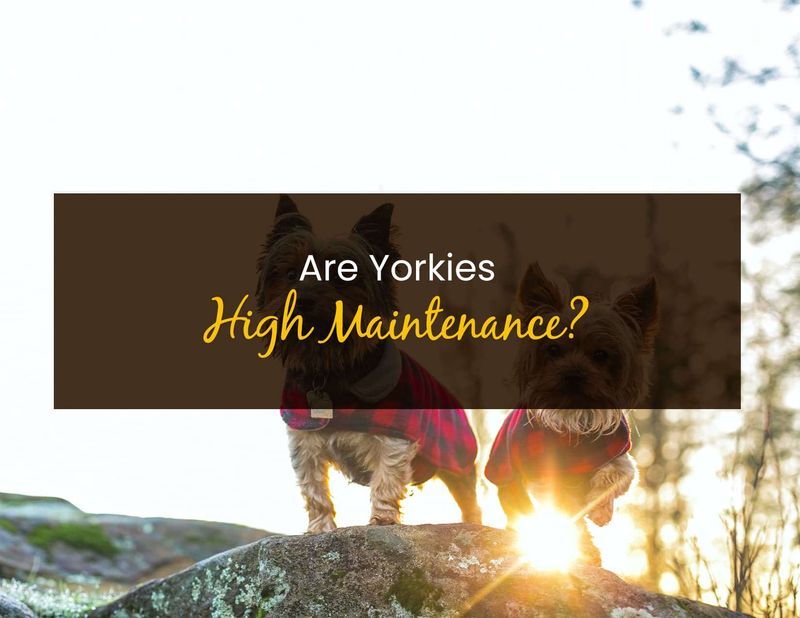There are pet owners out there who are insistent on having a dog that does not shed whether that is due to allergies or personal preference. On the flip side, there are those that are completely unbothered by shedding. When it comes to puggles, are they hypoallergenic?
Puggles are not considered to be a hypoallergenic breed. They have short, coarse hair that tends to shed at a moderate level. This can cause owners who suffer from dander allergies to experience flare ups with their allergies. However, steps can be taken to decrease shedding.
It would be wonderful if every dog breed out there never again shed, but this is simply not feasible. Puggles are among the breeds that do shed, but this a quality that can be worked around with a bit of effort and ingenuity. Continue reading to find out what it really means when a dog is considered to be hypoallergenic, why puggles are not, how much puggles shed and ways to minimize shedding, and how to have a puggle if you have allergies.
What Does it Mean for a Dog to be Hypoallergenic?
No matter where you go in the world, there are going to be people who suffer from allergies. Some of these symptoms are very mild, while some are so extreme that they interrupt their daily life. Regardless, allergies are never enjoyable to have to endure and many times, the dander that comes from various pets can cause these symptoms to be exasperated. To aid those pet owners with allergies, there are breeds of dogs that are considered hypoallergenic.
If a dog is considered to be hypoallergenic, this means that they shed such a small amount of fur that it is virtually unnoticeable. Even more technical, hypoallergenic dogs, since they shed so little, do not release the dander that sticks to their hair into the environment that they are in. This release of dander is the main culprit for exciting the allergies of those that are sensitive to dander or have a blatant allergy towards it.
It is important to note that there is no such thing as a dog that does not shed. Yes, there are various breeds that are considered to be hypoallergenic, but hypoallergenic never includes a dog breed that does not shed at all. Just as humans lose their own hair occasionally with brushing, drying, and general loss, dogs are going to shed from time to time as well. However, hypoallergenic dogs shed such a small amount that lost hair can be difficult to uncover.

Why are Puggles Not Considered Hypoallergenic?
Puggles are many things: they are loyal, friendly, affectionate, curious, excitable, and an all-around happy breed. However, there is one thing they are not – hypoallergenic. Puggles are a wonderful breed for those who want a pet that is a medium size that will be a great play-mate for their children or will always be willing to offer a good sit after a long day, but they are not the animal for you if you are opposed to shedding.
Puggles are a hybrid breed of dog between a pug and a beagle. To understand why puggles are not hypoallergenic, you first have to understand what breeds they came from. Just as humans are able to pass on dominant traits, dogs are as well. Pugs are very playful and friendly, beagles are very curious and loyal, but they both are very heavy shedders. Because both are heavy shedders, this dominant gene is one that passes down to puggles.
Due to the lineage of a puggle and the two breeds that created the hybrid, it would be virtually impossible for a hypoallergenic dog to come from this mix without some type of miracle. Puggles could potentially be made relatively hypoallergenic down the line through breeding with other hypoallergenic breeds, but they would still shed to some degree due to the presence of pug and beagle that is still in their genetic makeup. In reality, not a possibility.
How Much Do Puggles Shed?
Although puggles are not hypoallergenic, many potential owners and current owners are not bothered by the fact that they shed. Shedding can be a very big issue for some households, but for others, their dog is a part of their family and shedding is simply part of the package. Whether you are not a fan or shedding or are someone who couldn’t care less, you might be wondering just how much puggles shed.
There is more to a puggles fur than meet the eye. Puggles actually have what is called a double-coat. A double-coat consists of a dense undercoat of very short hair and then has a top coat of longer hairs which are what you mostly see. This undercoat helps to keep the dog from getting too cold, getting too cold, and also helps to wick away dirt and moisture. As great as this is for your puggle, it means more shedding for you.
With puggles having a double-coat, they are going to shed more profusely at different times of the year when drastic temperature changes happen. The most noticeable shed (which happens to debulk the undercoat) happens during mid-spring and early summer. This is when you can expect to see the most hair at once. Other than this, your puggle will shed regularly to a moderate or sometimes high level.

How Can You Minimize Puggle Shedding
Inevitably, puggles are going to shed. Whether it is a moderate amount of shedding or is coming out rather profusely at the end of spring, it is going to be noticeable that a dog lives within your home. If you are one that is looking to reduce the fur-print that your puggle leaves on your couch, on the floor, on car seats, and on clothes, there are a few ways that you can help to manage its shedding.
One of the biggest saves when it comes to minimizing the shedding of dogs with undercoats is an undercoat grooming rake. These devices are designed to get through even the thickest of hair to work out knots and remove loose hair. Due to puggles having short hair, knots are not an issue, but this tool works wonders when you find that your pet is relentlessly shedding. Once used, you should notice a big difference in the amount your puggle is shedding.
Although the undercoat grooming rake is great for removing loose hairs in your dog’s undercoat, it will not work as well for a puggles topcoat. For the top coat, the best type of brush to use is either a wire pin brush or a comb. This brush should be used after using the undercoat grooming rake so that any loose hair pulled from the undercoat can be taken away from either the wire pin brush or comb that you are using.
Many owners of dogs with double-coats can get frustrated with the amount of fur they shed and will then shave their coats off entirely. Although this may temporarily resolve the problem of shedding, it is not healthy for your puggle. Just as the undercoat works to keep your puggle worm, it also acts as a cooling system for them in the hot summer months. Without it, they can easily overheat and also experience sun damage to their sensitive skin.
Can Someone With Allergies Have a Puggle?
There are many types of allergies out there and some people with them are completely unaffected by pet dander while others are nearly sent to the ER after breathing in only a bit of this allergen. However, if you find yourself to be allergic to dogs, but not to an extreme level and are still wanting a sweet puggle for a pet, you may be weighing the different risks and benefits that could be associated with you bringing a puggle into your home.
Having allergies does not mean you cannot have a puggle, but that you simply need to learn how to manage their shedding so that your allergies are not so irritated. One of the biggest helps with this is, as previously mentioned, minimizing your puggles shedding. Brush them four to five times a week to keep dander from forming. When brushing, always be sure to do this outside to avoid hair accumulating in your home.
Outside of grooming, it can also be very helpful to wash your puggle every week or so with an anti-allergenic shampoo. If you do not have an anti-allergenic shampoo, simply get into the habit of bathing your puggle every week. This process may seem tedious, but keeping them clean is essential to their health while this practice also very thoroughly wash away any dander that has accumulated on their coat throughout the week.
It is also important to vacuum as often as possible. The hair that accumulated on your floors and furniture is hair that has dander attached to it: the leading cause of allergy upsets for those with dog allergies. Keep a vacuum on hand and be sure to sweep things up on a daily basis to help prevent hair from accumulating. It can also be wise to have a space in your home that your dog cannot go to like a bedroom, a common living room, or even the kitchen.
This offers an escape for those suffering from allergies and can help in times when they feel they are unable to settle their symptoms. Of course, you can always consult their doctors to get their allergies tested and treated, or you can take allergy medicine that is available over the counter. Simply go over your symptoms, determine their severity, and find out different methods that help to control your allergies the best when living with a puggle.




